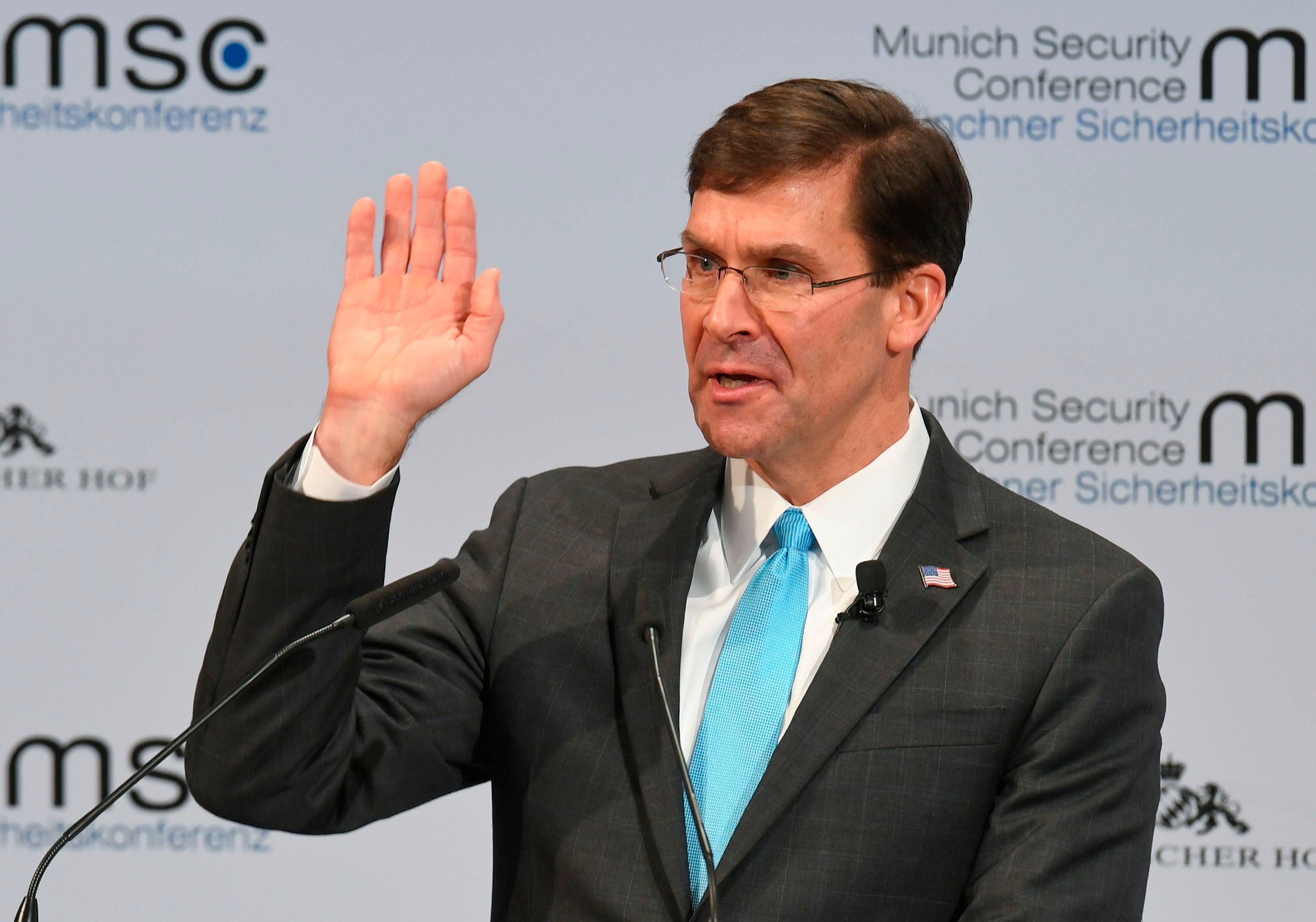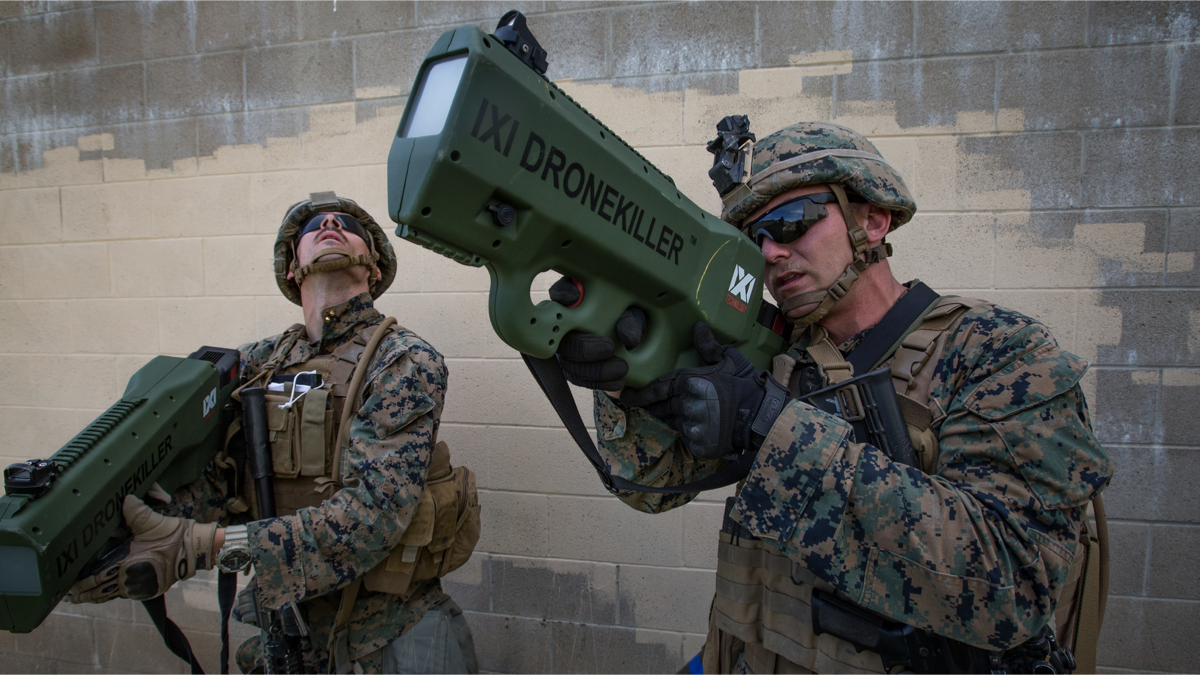WASHINGTON ― U.S. Defense Secretary Mark Esper is pushing back against telecom companies’ efforts to claim mid-band spectrum in their race with China to build the next-generation mobile networks, known as 5G. The U.S. military uses those airwaves for several major weapons systems.
“Private sector wants that. We need that,” spectrum range, Esper said Wednesday before the House Armed Services Committee. "We’re willing to share it. The technology exists, I’m told, to do that. I think that’s the best way to move forward so we can meet the economic priority with the national security priority.”
The comments came as telecommunications executives argue more mid-band spectrum is needed to support deployment of next-generation wireless networks and technology, and as the Federal Communications Commission has initiated proceedings to free up spectrum. Last week, Politico reported the extent to which the White House is under pressure to free up access for a commodity potentially worth billions.
On Feb. 26, Esper touched on the military’s use of the airwaves between 3100 and 3350 MHz for the multibillion-dollar Aegis ship-defense system’s AN/SPY-1 radar and the Airborne Warning And Control System, which is a mobile, long-range radar surveillance and control system for air defense that’s used by the Air Force, as well as other Army and Marine Corps air defense systems.
The Defense Department, Esper said, is investing hundreds of millions of dollars in the technology and will set up facilities at four installations where it will invite companies in to test their 5G prototypes.
RELATED

This January, the National Telecommunications and Information Administration released a technical report on potential spectrum sharing within the 3450-3550 MHz band that saw potential in time-based sharing, but suggested more study. That band is home to ship-borne navigational radars and dozens of ground-based radars, as well as Air Force’s Station Keeping Equipment radar systems.
Last month, in preparation for a potential public auction of priority access licenses within the 3450-3550 MHz band, Department of Commerce estimated the cost of sharing the band could total $98 million across the Defense Department.
As the United States lags China in the race for 5G development, Washington has been warning other countries to be wary of Chinese investment and influence and lobbying them to ban Chinese tech giant Huawei from involvement in the network because of cyberespionage concerns.
Meanwhile, the Pentagon is being pressed from industry and some lawmakers to balance its operational needs against the economic and technological benefits expected to come with 5G’s improvements in data speed, volume and latency over fourth-generation networks.
According to a Defense Innovation Board report last year, the upside for the Pentagon is that 5G should yield improvements in decision-making and battlefield communications ― both advantages a competitor would gain, should it develop 5G first.
That report also found that while sharing spectrum risks security vulnerabilities and connectivity interruptions for DoD operators, it could also, “allow military traffic to ‘hide in plain sight’ as traffic becomes more difficult to see and isolate.”
Joe Gould was the senior Pentagon reporter for Defense News, covering the intersection of national security policy, politics and the defense industry. He had previously served as Congress reporter.








